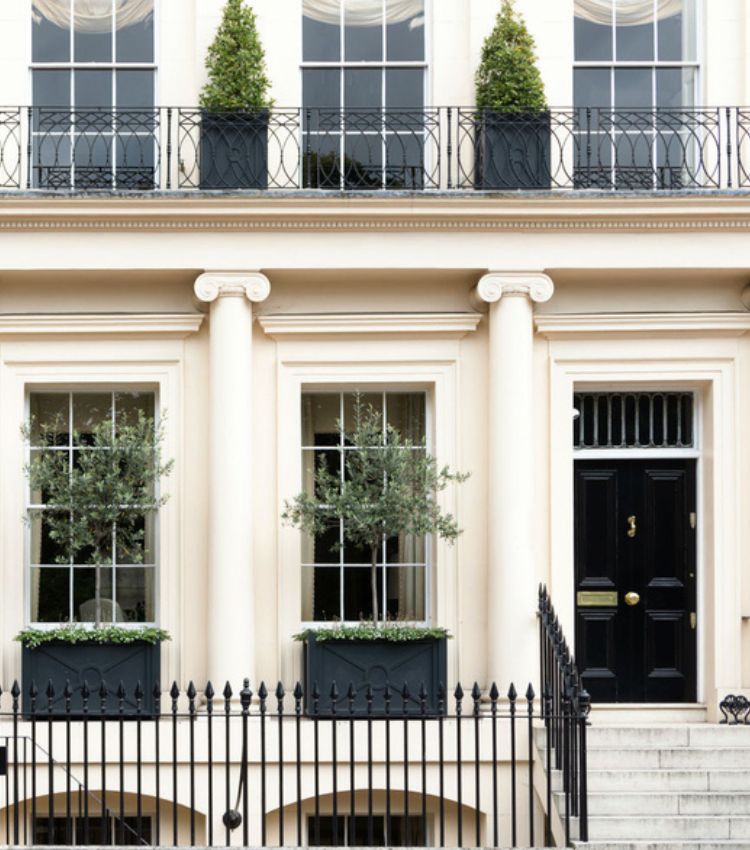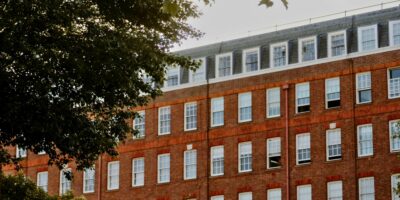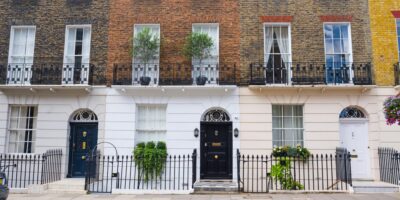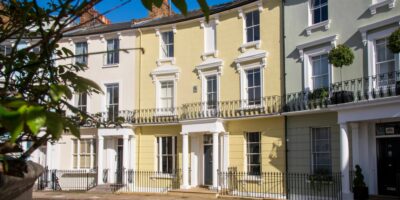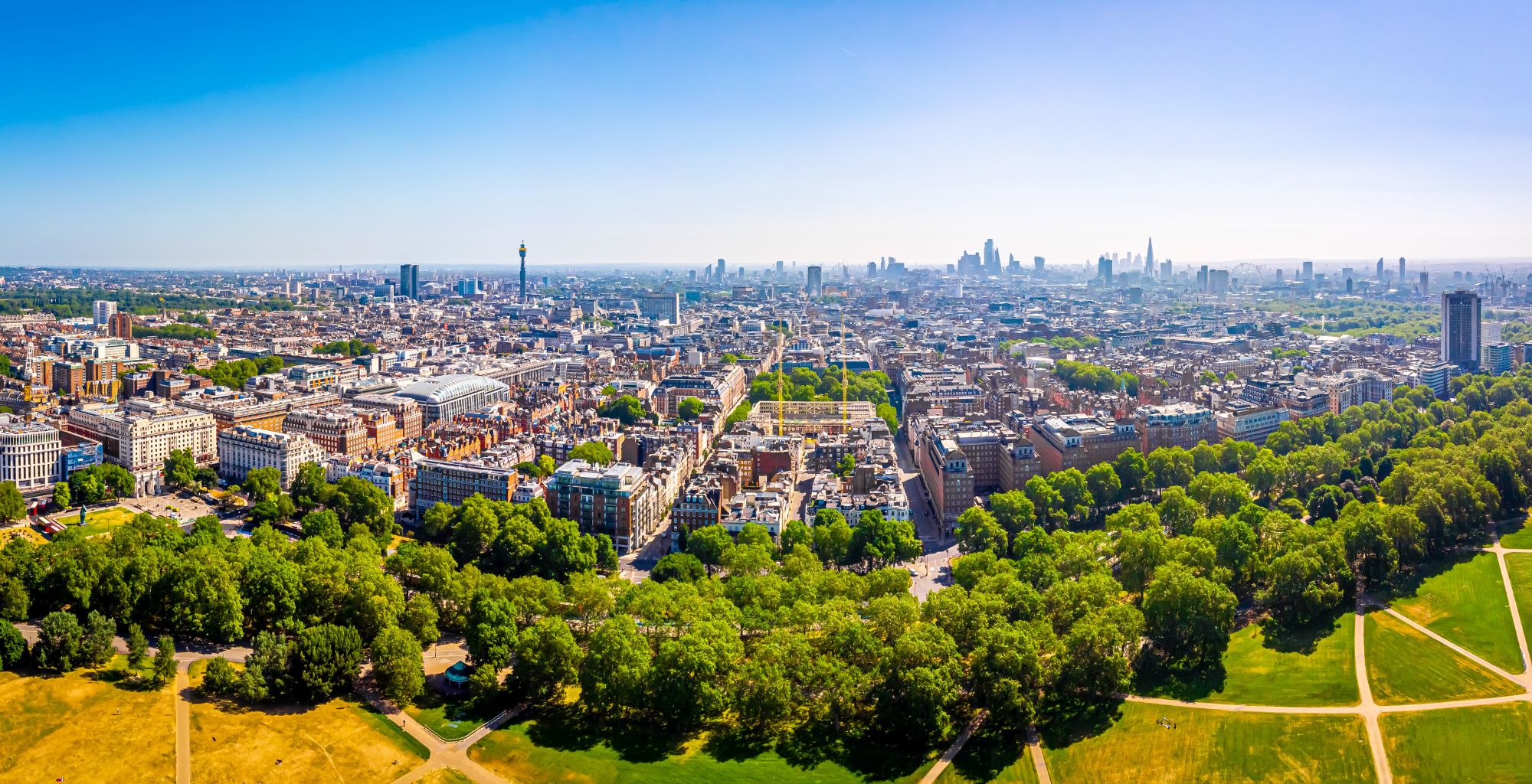
London Great Estates
Dotted across central London are several areas collectively known as the London Great Estates.
These highly coveted neighbourhoods boast history and splendour that epitomises the capital and provides an exclusive living experience to their residents.
Many of the centrally located estates came into being after the great fire of London in 1666. To meet the demand for prestigious squares and streets there was a huge increase in development beyond the old city walls.
Meadows and fields to the west were deemed most desirable and many landowners leased acres to developers, to be returned to the families years later as opulent neighbourhoods; creating many of the London Great Estates we know to exist today.
Significant portions of Prime Central London continue to be owned by the founding families.
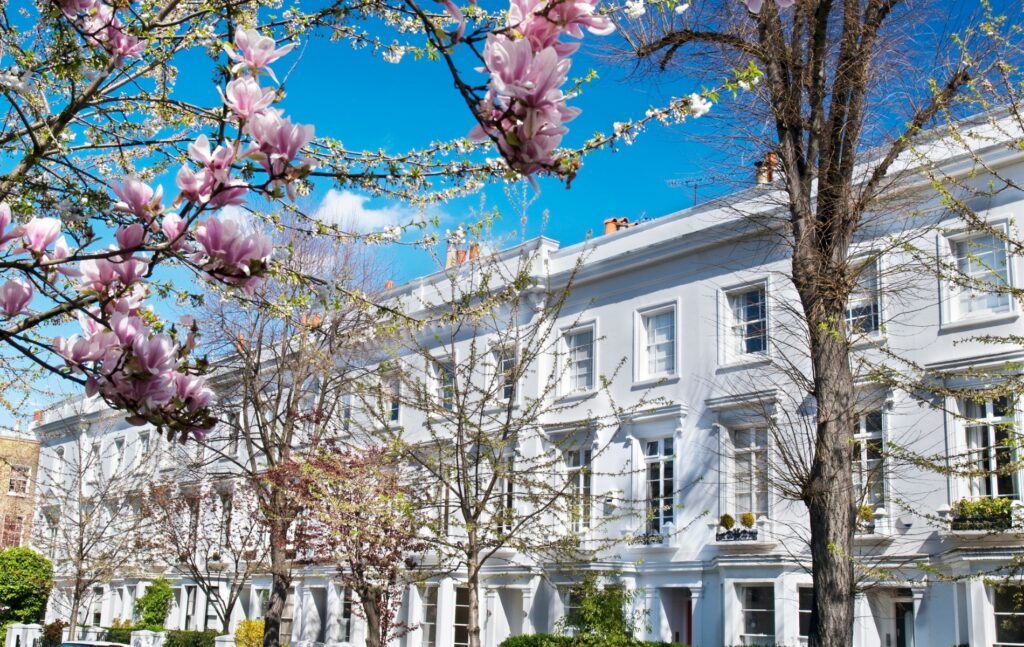
London Great Estates have been an integral part of London’s landscape for centuries and are in high demand by property buyers today.
Many are nestled within the most sought-after districts, affording a sanctuary of privacy and grandeur unparalleled in the city.
London Great Estates
Some of the most sought after of the London Great Estates are centrally positioned including:
- The Cadogan Estate
- The Crown Estate
- The Grosvenor Estate
- The Howard de Walden Estate
- The Portman Estate
- The Bedford Estate
Learn more about each of these estates, where they’re located and what makes them unique.
The Crown Estate
The Crown Estate is owned by the reigning monarch and spans some of the most prestigious parts of the city. Including Regent Street, Regent’s Park, and St James’s, it covers a considerable area and includes a mix of retail, residential, and commercial properties.
The Crown Estate offers an eclectic range of properties from luxurious modern apartments to beautifully restored historic townhouses.
It’s a prime location for those who value both traditional charm and contemporary convenience.
Nearby green spaces include St James’s Park and private garden squares such as Warwick and Eccleston Squares.
The Grosvenor Estate
Gerald Cavendish Grosvenor, the 6th Duke of Westminster, ranks among the UK’s most affluent landowners. The Grosvenor estate’s origins date to 1677, following the acquisition of the Manor of Ebury, which encompasses 500 acres north of the River Thames. It is now synonymous with the upscale areas of Mayfair and Belgravia.
The estate covers several hundred acres in one of the most exclusive parts of London, blending luxurious residential properties with premium commercial spaces.
Residences within the Grosvenor Estate are often situated around meticulously maintained garden squares, such as Belgrave Square and Eaton Square, which add a significant appeal through their secluded, leafy environments.
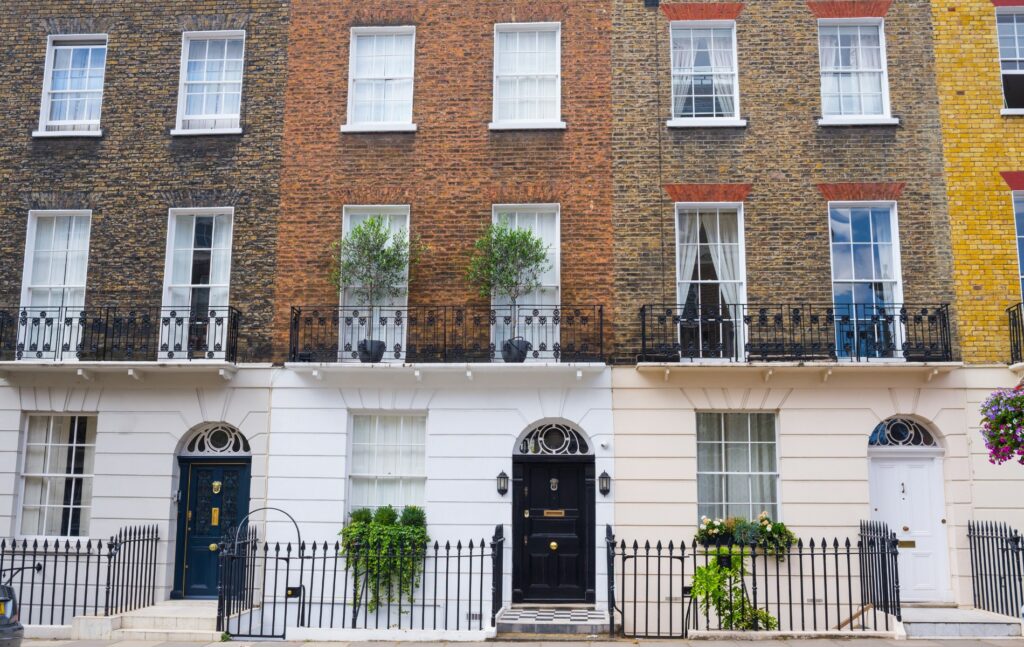
The Portman Estate
Since the 16th century, the Portman family has owned the western section of Marylebone, stretching from Manchester Square to Edgware Road. This area includes residential and office properties, as well as globally renowned shops like Selfridges.
Today, The Portman Estate covers around 110 acres of prime central London, making it one of the larger of the London Great Estates.
Some of the notable and most exclusive addresses within the Portman Estate include properties arranged around iconic garden squares such as Portman Square and Manchester Square.
The Bedford Estate
The Russell family, as the Dukes of Bedford, has owned the region encompassing and surrounding Bloomsbury since the late 16th century. This area includes Russell Square, which is named after them.
The Bedford Estate is famed for its beautiful garden squares.
There are numerous bookshops, cafes, and restaurants that echo the scholarly legacy of the Bloomsbury Group. Additionally, the area hosts several academic institutions and cultural entities such as the British Museum.
The estate’s proximity to central London’s key commercial areas makes it a prime location for both residential and commercial interests.
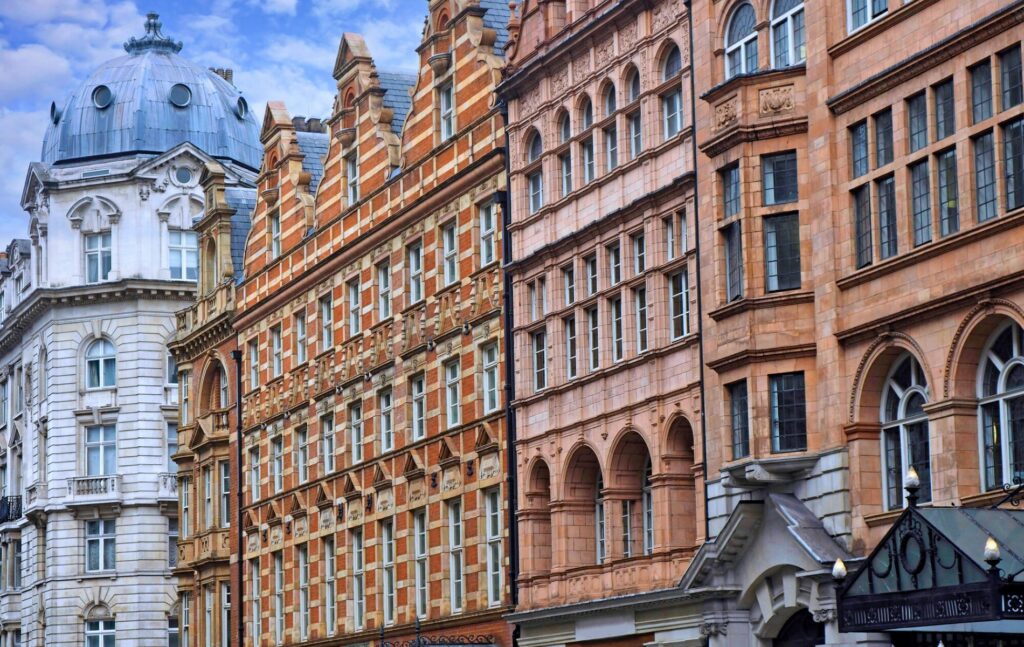
The Howard de Walden Estate
The Howard de Walden Estate encompasses the majority of Marylebone’s eastern side, extending from Marylebone High Street in the west to Portland Place in the east.
Notably, it includes Harley Street, globally recognized for its private medical practices.
This estate’s history stretches back to the early 18th century when it was initially part of the holdings of the Duke of Newcastle.
Covering approximately 92 acres, The Howard de Walden Estate includes a refined mix of residential and commercial buildings.
Marylebone High Street, in particular, is renowned for its boutique shopping, artisan bakeries, and upscale dining options; the area has a ‘village’ feel.
The Cadogan Estate
The Cadogan Estate traces its origins to Sir Hans Sloane, who in 1720 purchased the Manor of Chelsea. Sloane, notable for founding the British Museum’s initial collection, has descendants who retain ownership through the Earl Cadogan. The estate is situated near the Grosvenor Estate.
One of London’s most esteemed property areas, The Cadogan Estate has a history that spans over 300 years.
The estate’s development began in the 18th century and continues to be a significant influence in shaping the upscale residential and retail environment of the area.
These residences are often found alongside or near picturesque garden squares such as Cadogan Square and Sloane Square.
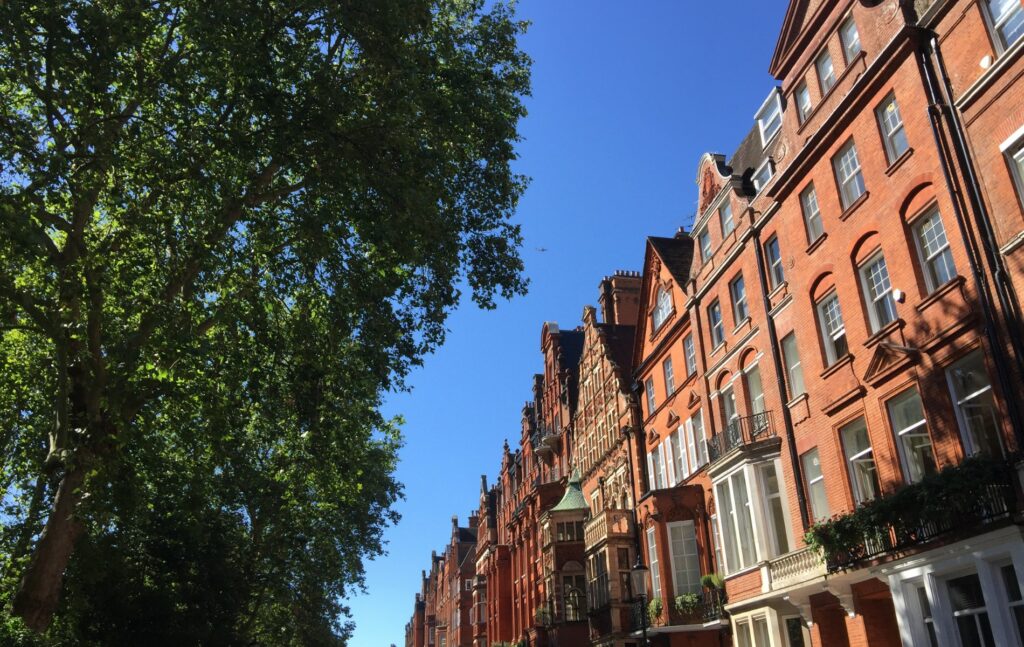
London Conservation
The Great Estates form a vital part of wider efforts to conserve London’s history and architecture.
In recent years there have been wonderful regeneration projects, and there are many more in the pipeline that will work collaboratively to both conserve and improve the areas.
For example, Duke of York Square in Chelsea, under the stewardship of the Cadogan Estate, stands as a testament to thoughtful urban renewal.
Simarlily, the rejuvenation of Marylebone High Street by Howard de Walden represents a pioneering approach to retail management preserving the street’s unique character.
London Great Estates
London Great Estates are an essential part of the city’s history and culture. They offer a glimpse into the past and a taste of the future.
With their stunning architecture, exclusive shops, and vibrant communities these opulent neighbourhoods are highly desirable places to live.
For help in finding your perfect London home, contact us for expert advice without obligation.
